Learning News 1/2
Mrs Amy Phillips & Mrs Dominica Bearman

Learning News 1/2
Mrs Amy Phillips & Mrs Dominica Bearman
How are we already in Week 6? This term is certainly flying by! We have been very busy with swimming, completing assessments, and working hard on our end-of-year performance.
Drama
In Creative Arts this term, we are focusing on Drama, particularly puppetry. Students have been learning about different types of puppets and have begun designing their own. Each student is creating a character and writing a short storyline to perform with their puppet.
Next week, students will bring their designs to life. They will create their puppets using a range of materials, linking beautifully with our Science unit on materials. Students are considering which materials will help their puppet look and move the way they want it to.
Some students have asked about bringing in materials from home. This is absolutely fine, as long as the items arrive before next Thursday, the 27th, when we plan to make our puppets.
A big thank you to Jack Shadbolt and his mum, Katie for kindly allowing us to borrow their wonderful puppet theatre for our final performances. It will make our showcase extra special!
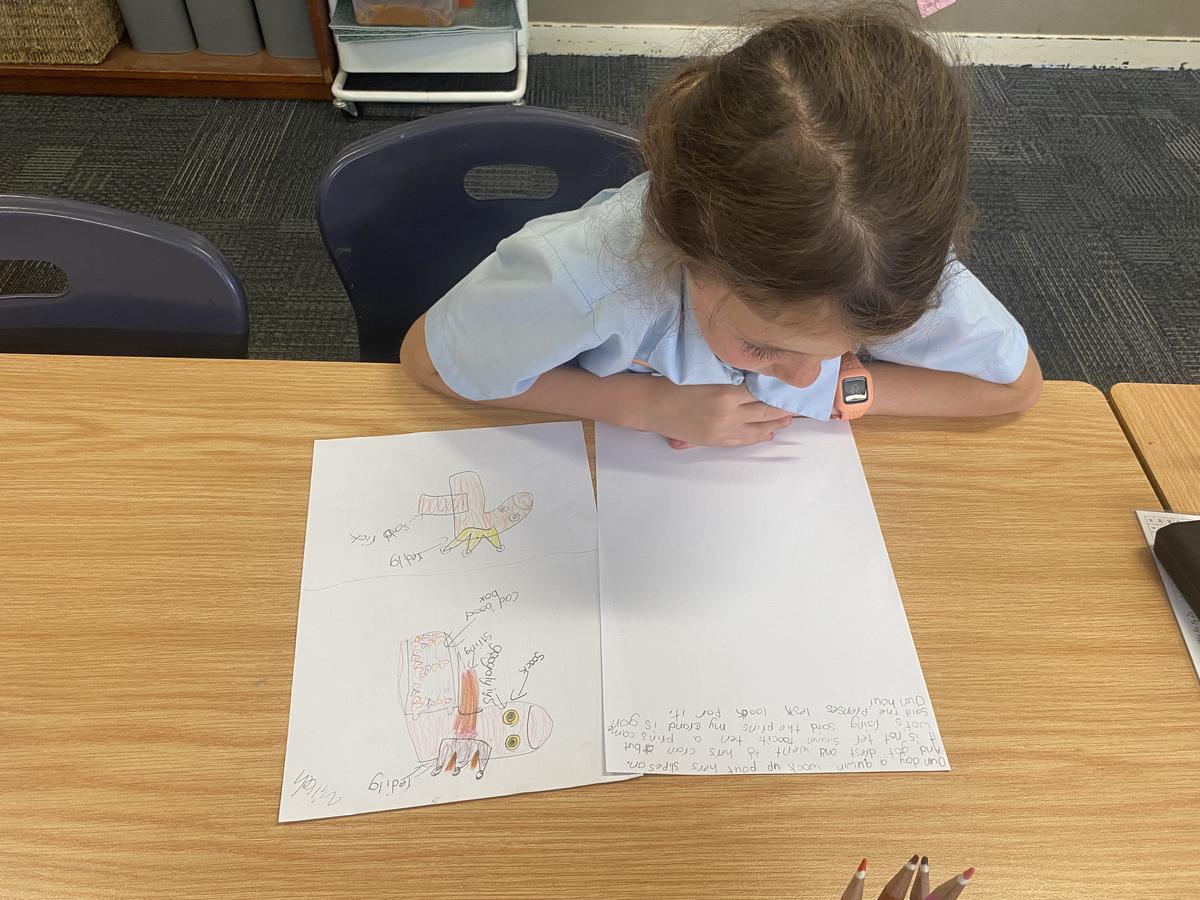
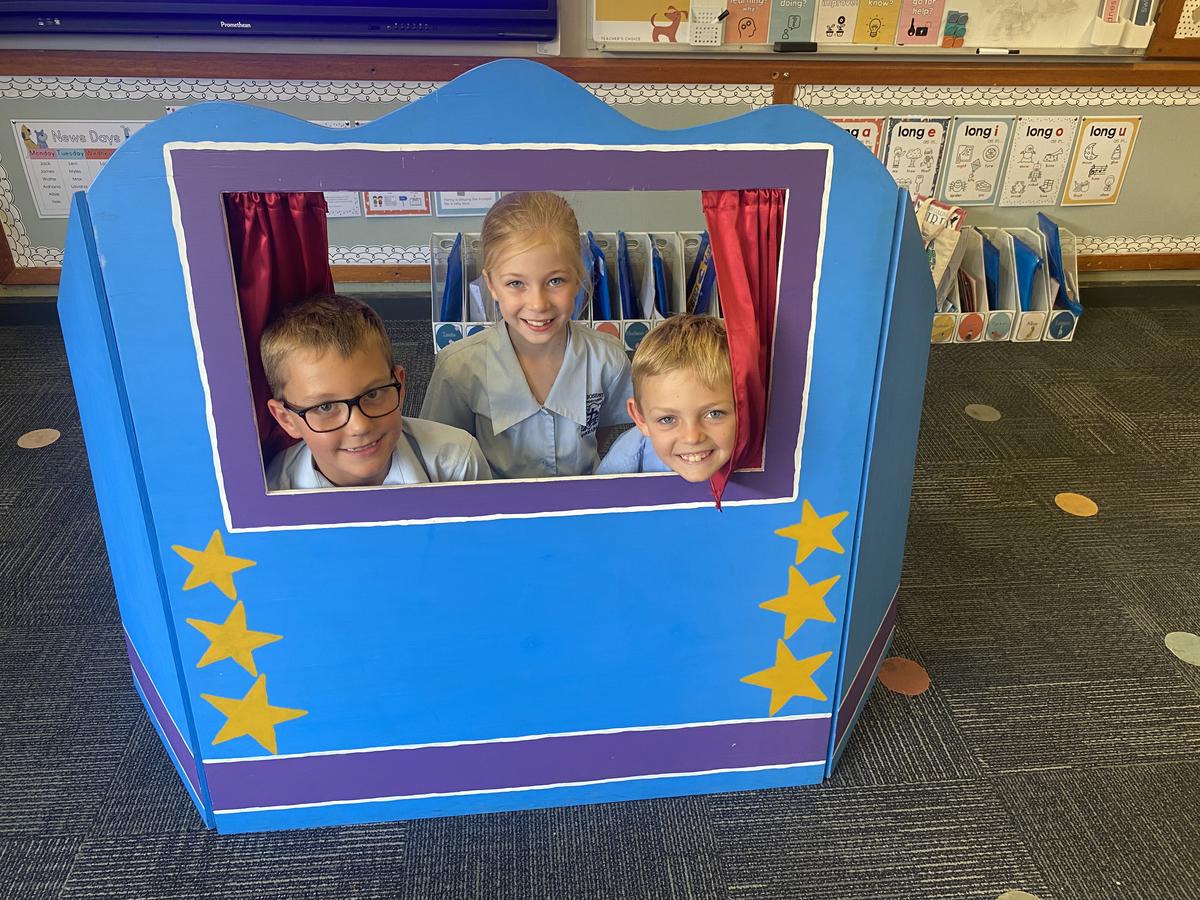
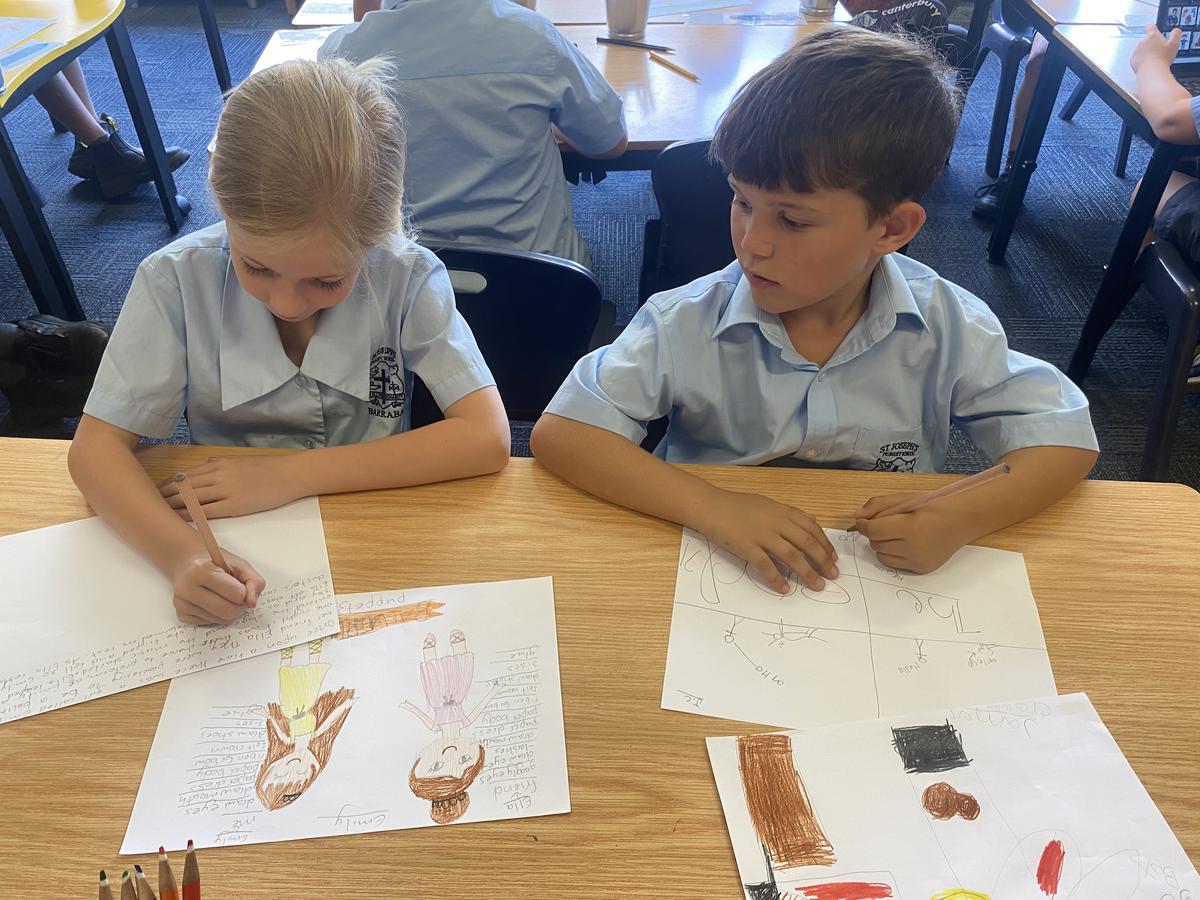
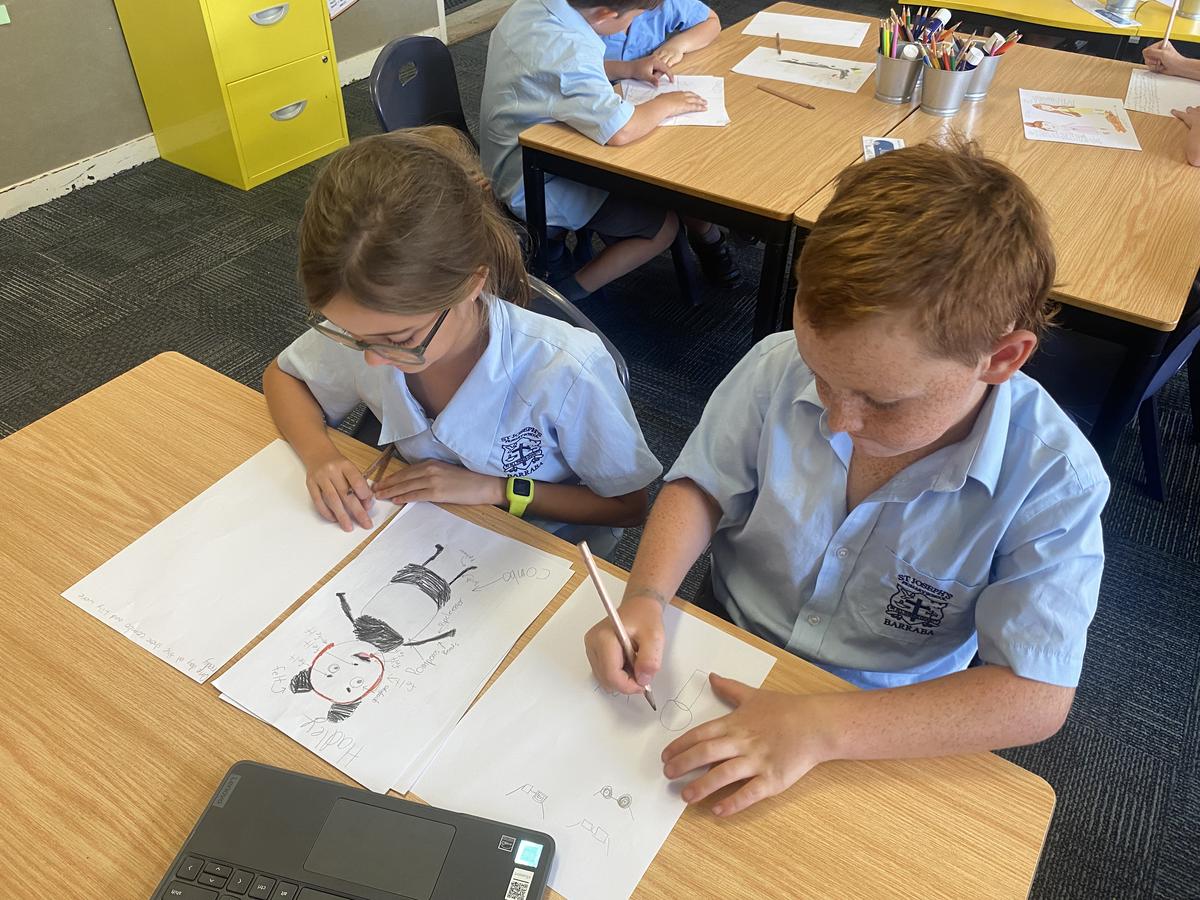




Writing
We have now wrapped up our work on poetry and are moving into learning how to research and write information reports. We began by researching an Australian native animal together and have created a shared information report on the platypus. Students have now selected their own native animal and are having a go at researching and writing their own information report using the structure we modelled.
Once these are complete, we hope to move on to writing an information report about Australia, linking with our Geography unit, which focuses on exploring and understanding Australia.
Mathematics – Stage 1
In Mathematics, Stage 1 students have been learning to describe and compare three-dimensional objects. We have been talking about the features of 3D objects—such as flat and curved faces—and noticing how different objects are alike or different. Students have enjoyed exploring real-life items to sort and name shapes like cones, cylinders, spheres and prisms, helping them build confidence using the correct maths language.
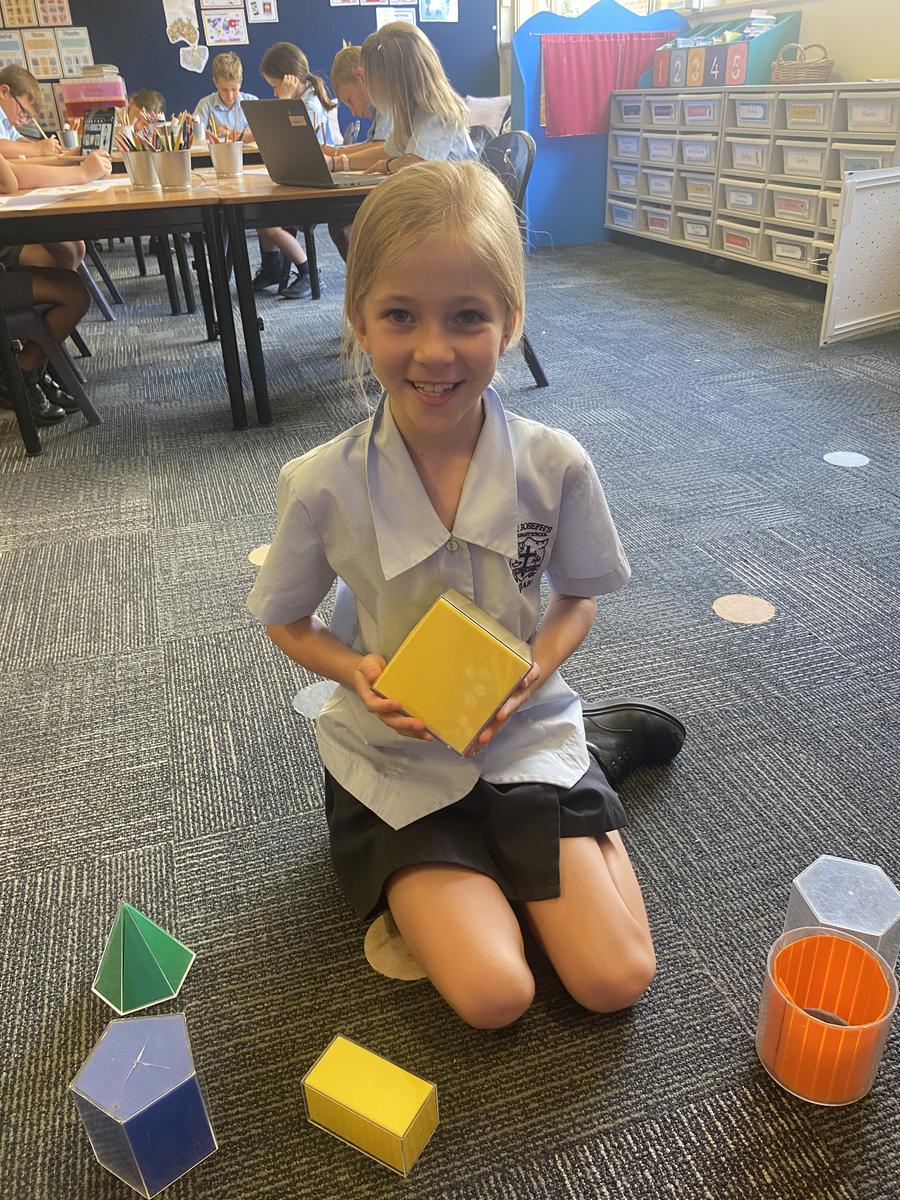
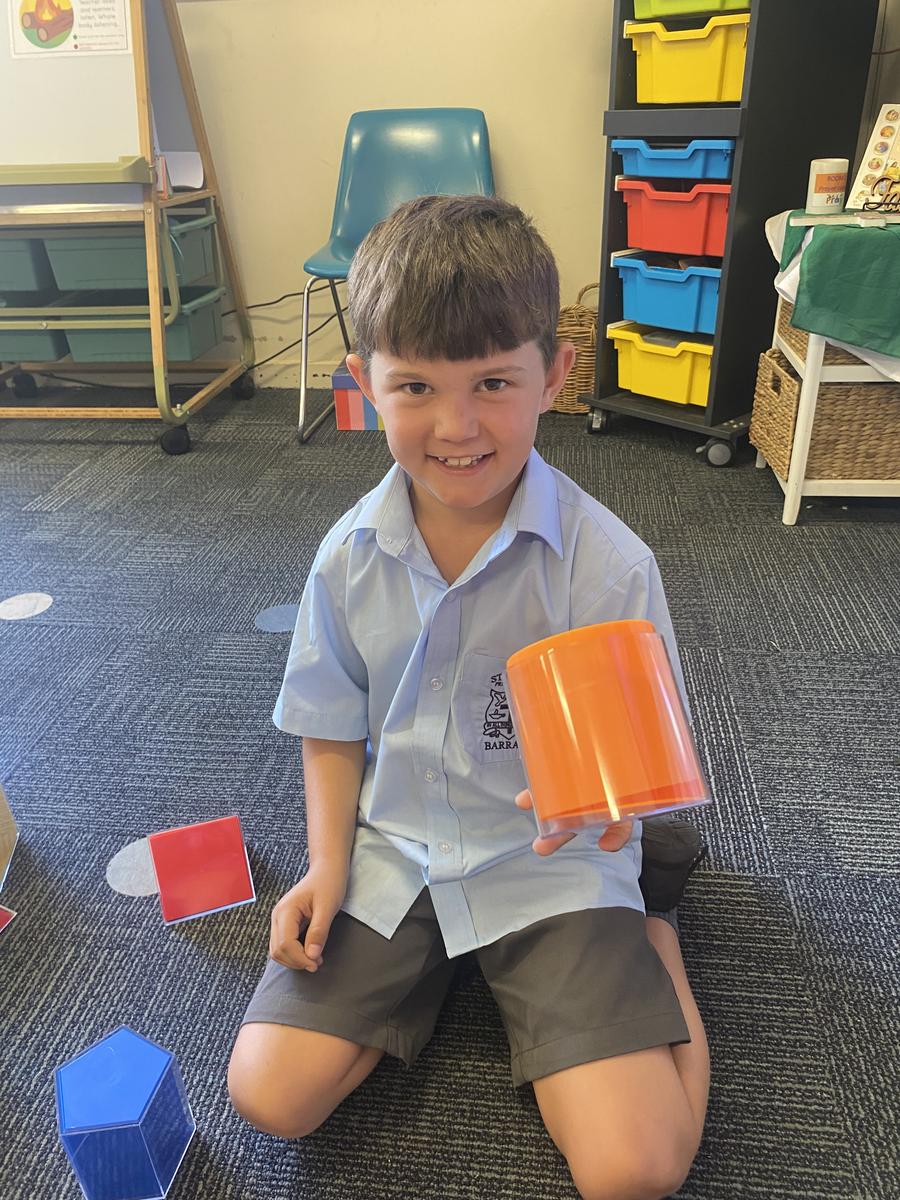
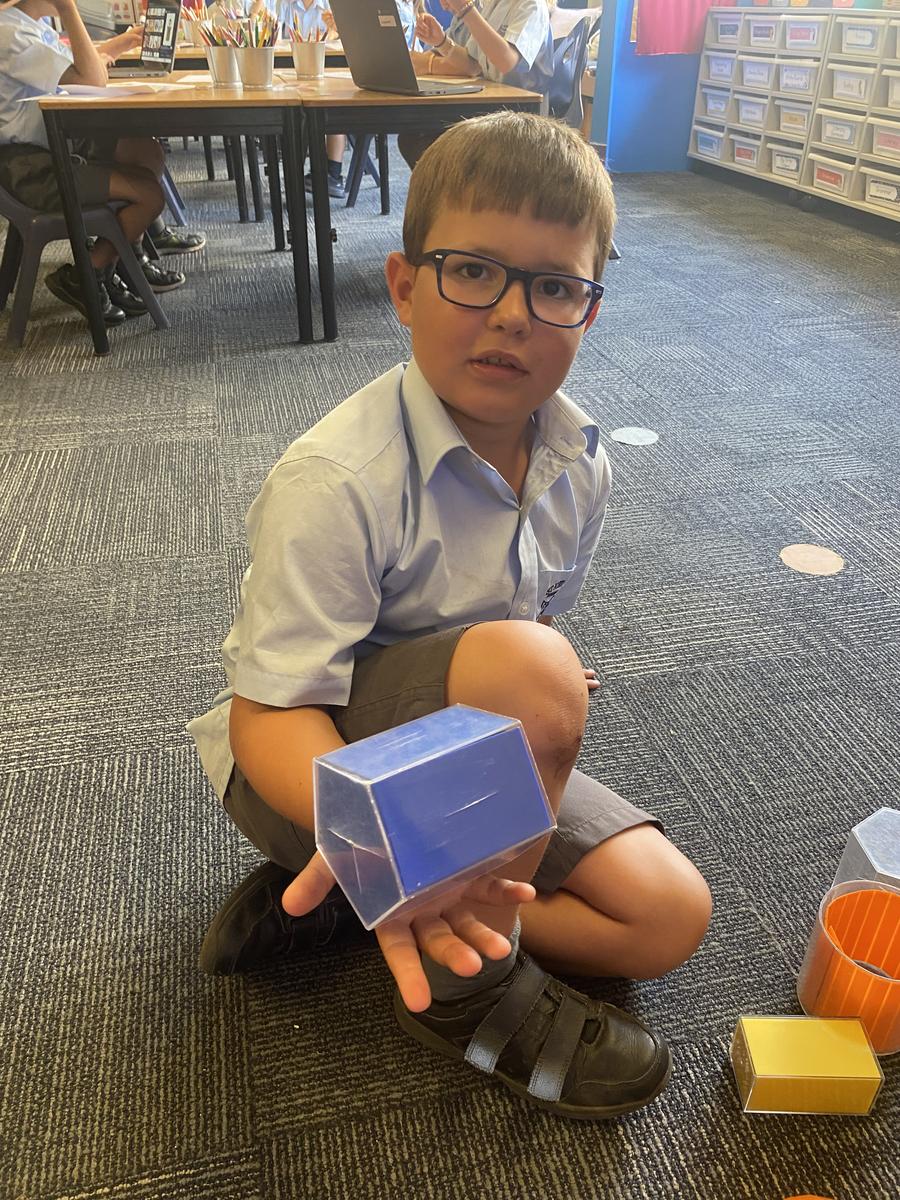
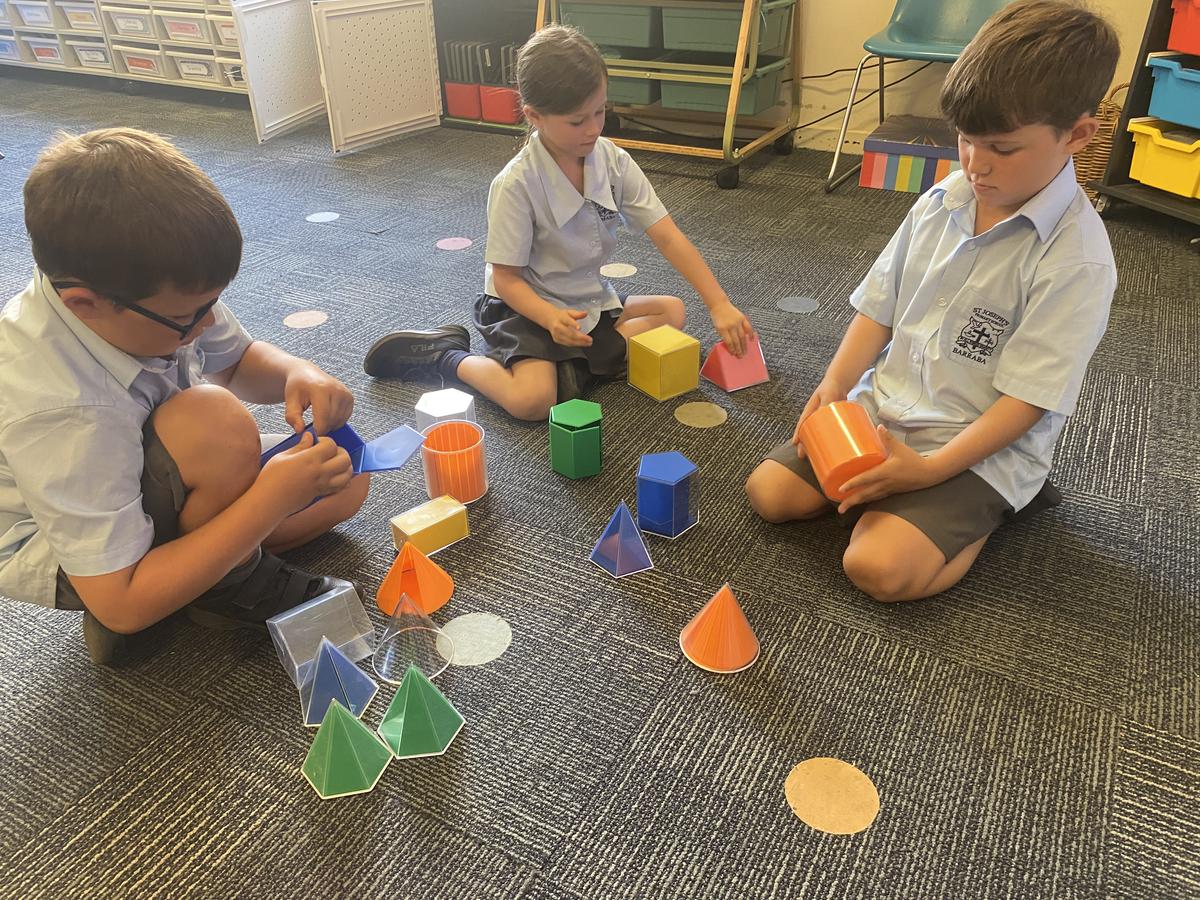
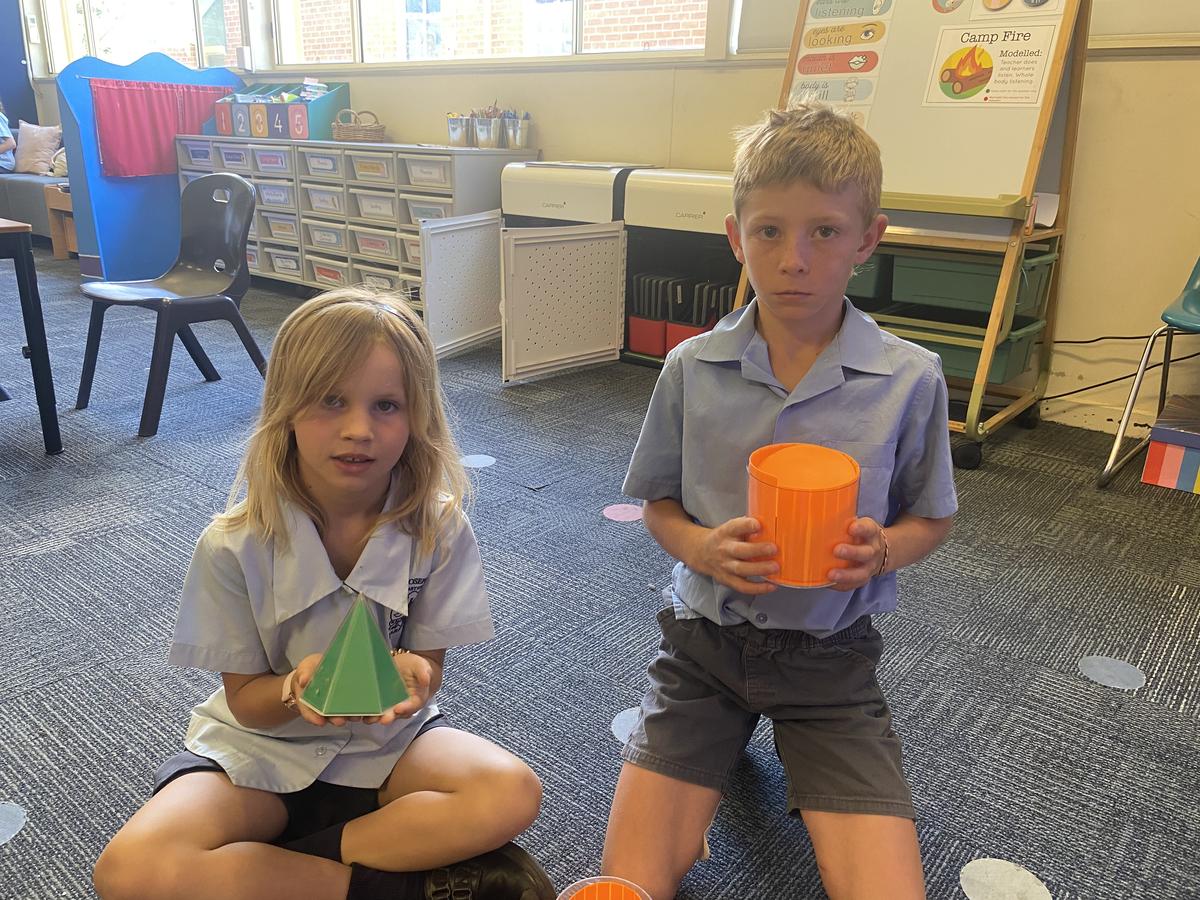
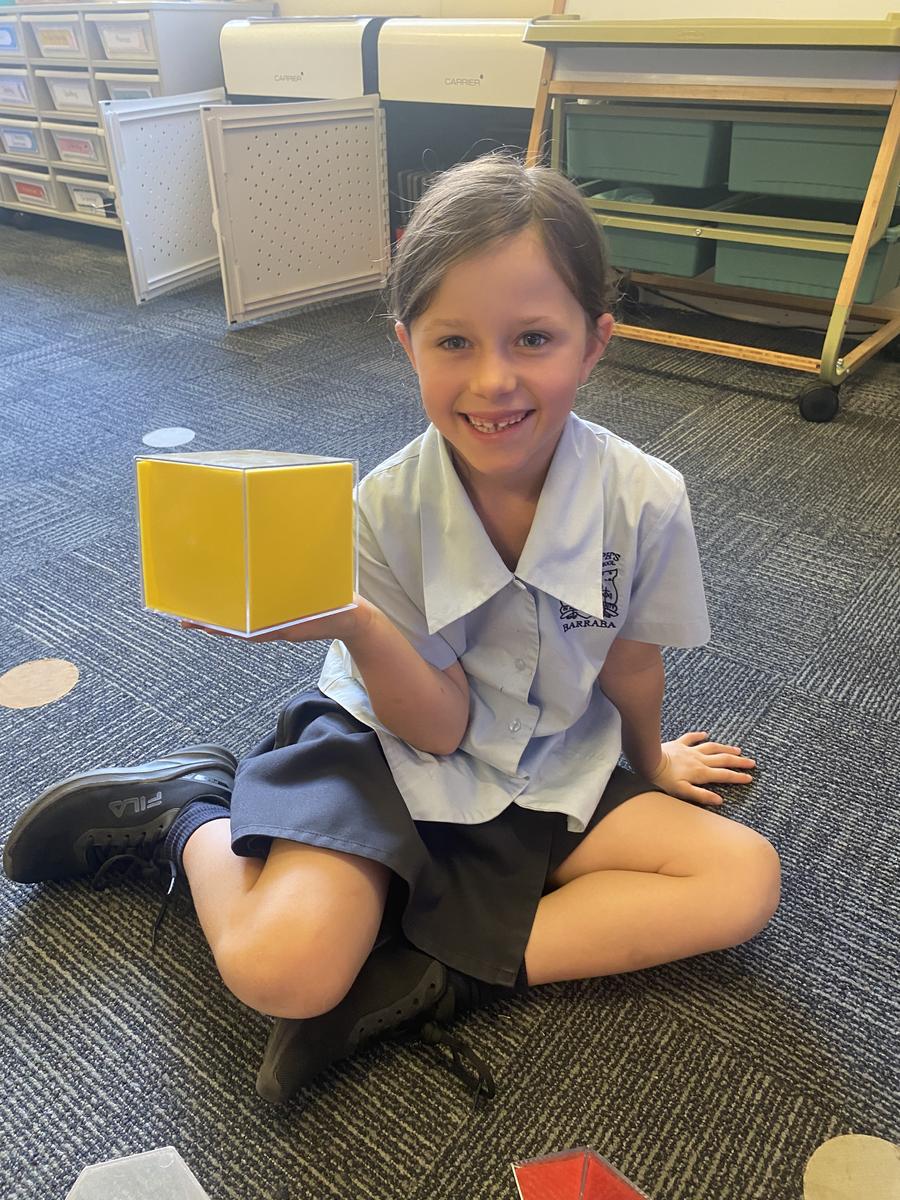






How You Can Help at Home
Here are a few simple ways to support your child’s learning about three-dimensional objects at home: